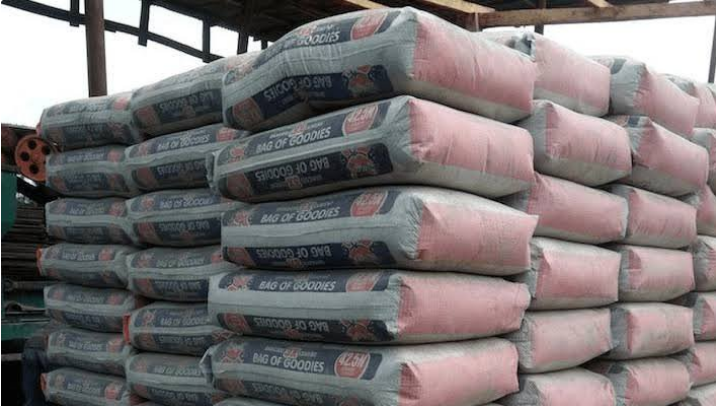
The price of cement in nigeria is influenced by a complex interplay of factors including industrial dynamics, infrastructural issues, global economic influences, and government policies. Understanding these factors is crucial for stakeholders in the construction and manufacturing sectors. Cement manufacturing requires various raw materials, notably limestone, along with smaller quantities of sand and clay......Read The Full Article>>.....Read The Full Article>>
The costs of these raw materials can fluctuate due to scarcity, increased demand, and transportation issues. Additionally, the production of cement is energy-intensive, relying heavily on electricity and fuel for running heavy machinery and kilns. In nigeria, frequent changes in fuel prices and an unstable power supply lead to reliance on diesel generators, increasing operational costs.
Government tariffs, taxes, and regulations can either increase or decrease the cost of cement. Import policies on raw materials and finished products play a crucial role. High import duties on cement or raw materials can lead to increased production costs, while subsidies or reduced tariffs can help lower prices.
Nigeria’s vast geography and varying terrain present logistical challenges that affect distribution costs. Poor road conditions, long distances from manufacturing plants to market areas, and fluctuating fuel prices contribute to higher freight costs, impacting the final retail price of cement. Since some raw materials and machinery used in cement production are imported, fluctuations in exchange rates can also have a significant impact. A weaker nigerian naira increases the cost of imports, raising production costs which are then passed on to consumers.
The demand for cement in nigeria is closely tied to the construction industry. Periods of intense construction activity lead to higher demand, pushing prices up. Conversely, a downturn in construction can lead to an oversupply of cement, potentially lowering prices. The level of competition in the cement industry also affects pricing. Nigeria’s market is dominated by a few major players such as dangote cement, lafarge africa, and bua cement. Limited competition can lead to higher prices due to oligopolistic practices, while increased competition can help drive prices down.
Global economic trends can indirectly affect the cement industry in nigeria. For example, global recessions can reduce foreign direct investment in construction projects, lowering demand for cement. Global inflation can also affect the cost of imported raw materials and equipment. Technological advancements can lead to more efficient manufacturing processes, reducing costs over time, though the initial investment in newer technologies can be high, temporarily increasing production costs.
As of this week, the current price of dangote cement varies from ₦7,500 to ₦8,000 per 50kg bag, depending on the location. The retail price of bua cement in nigeria is between ₦6,700 and ₦7,500. The price of ibeto cement ranges between ₦7,000 and ₦8,000. Lafarge cement is priced between ₦6,900 and ₦7,500. The price of unicem cement ranges between ₦7,000 and ₦7,500, depending on the location of purchase. Pop cement is priced at ₦8,500.
